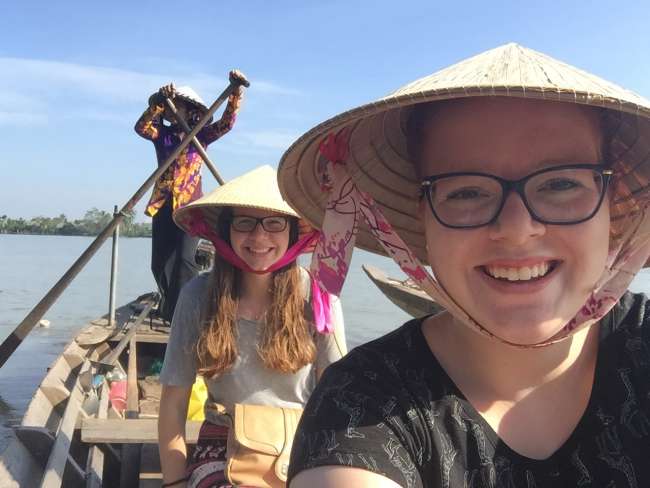23.01.2017 Kruger National Park and Panorama Route
Argitaratu: 30.01.2017
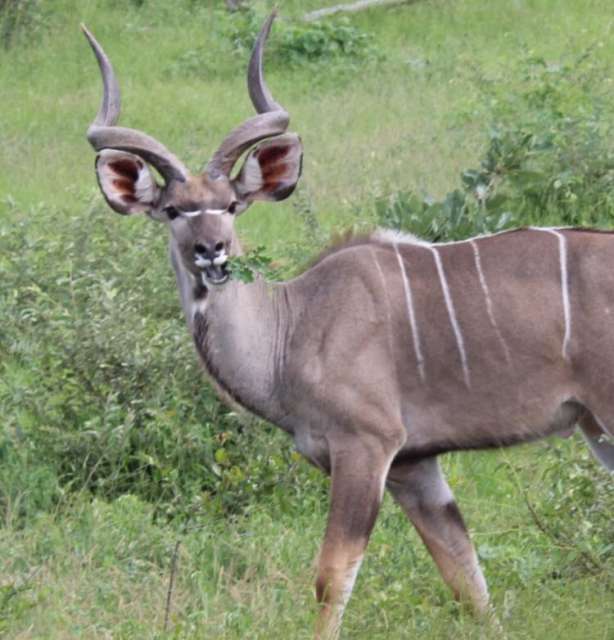
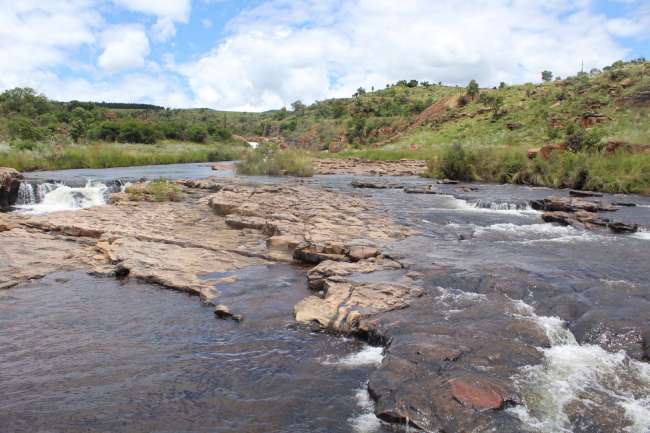
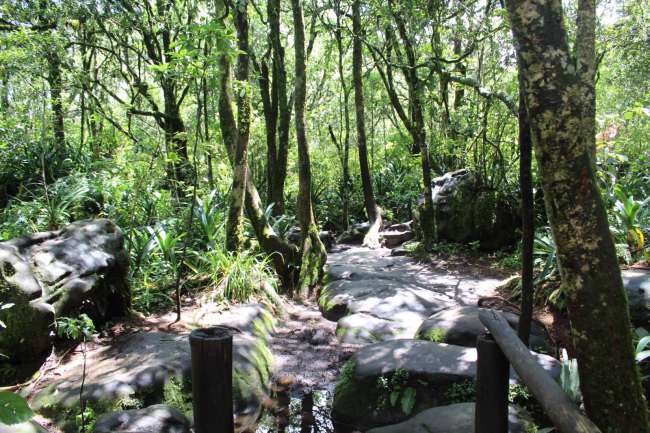
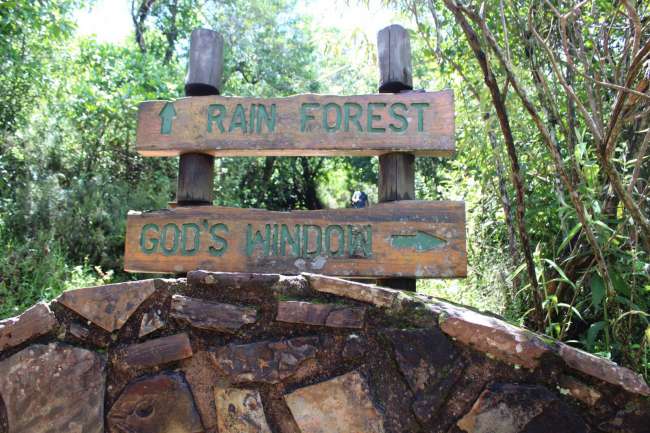
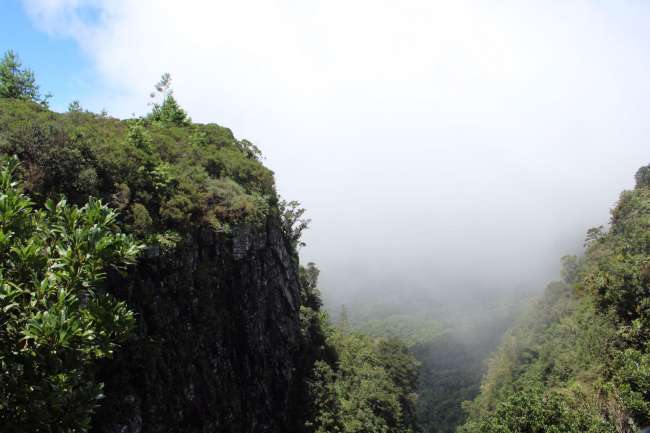
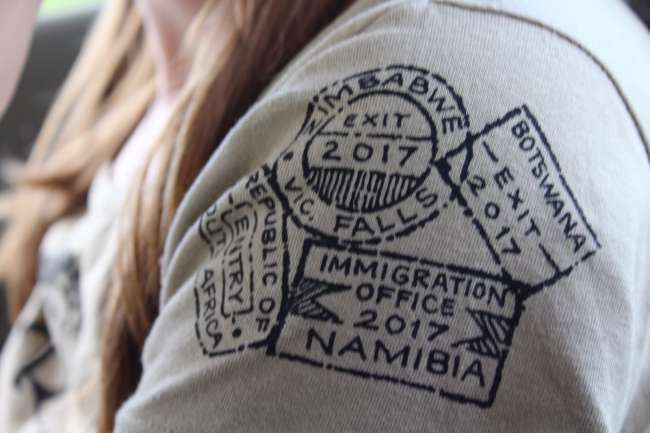
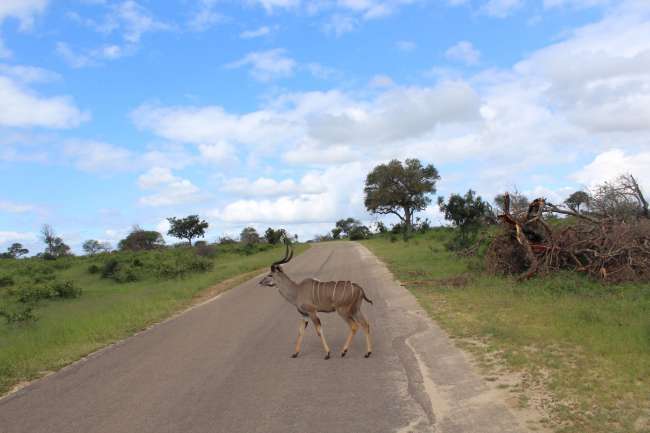
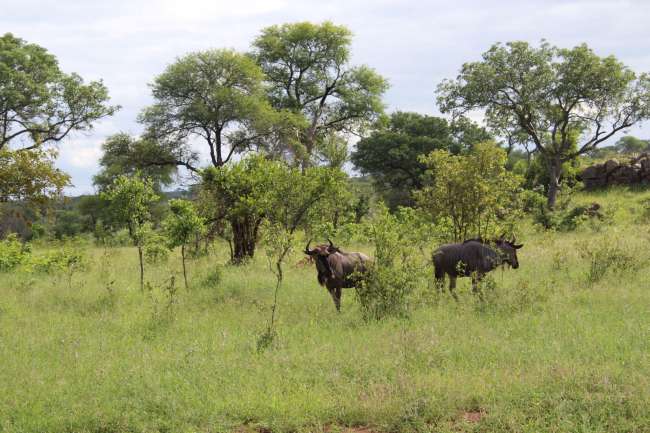
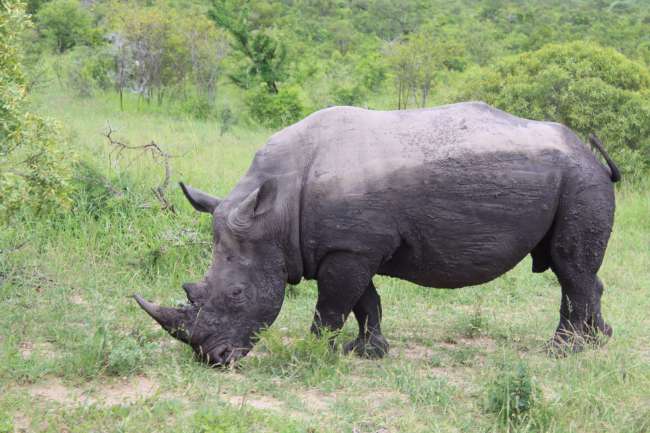
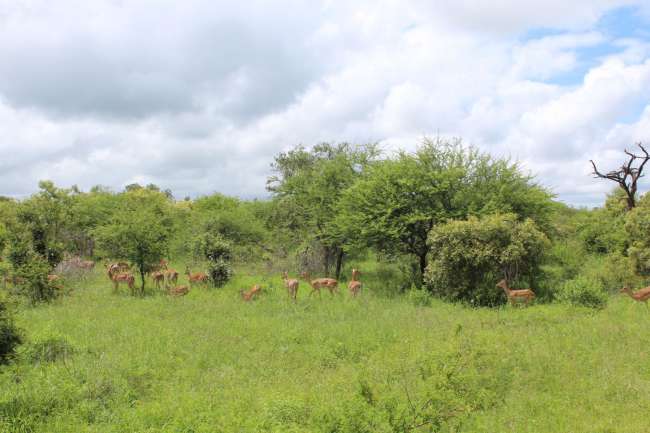
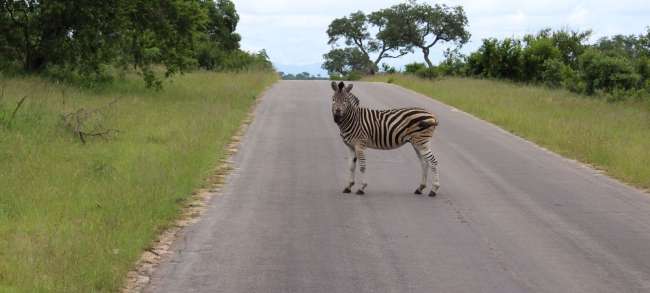
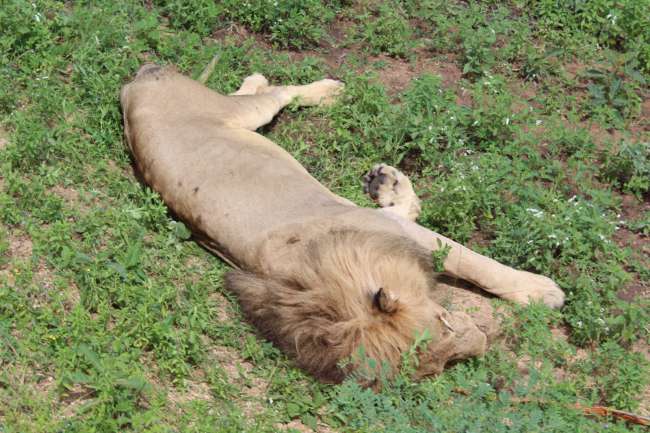
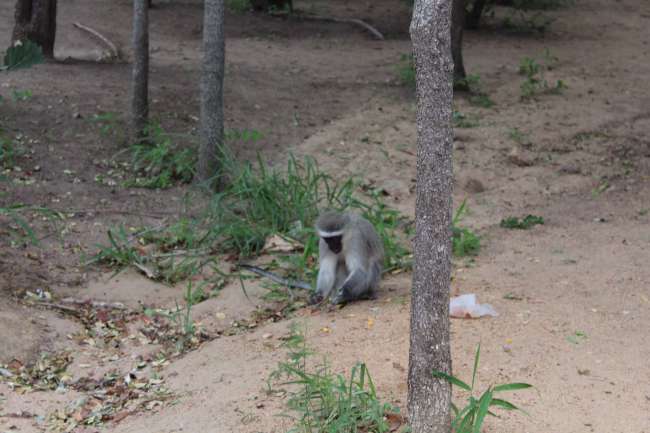
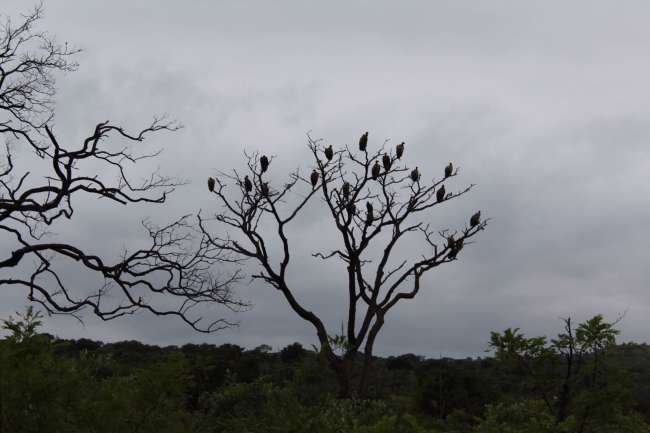
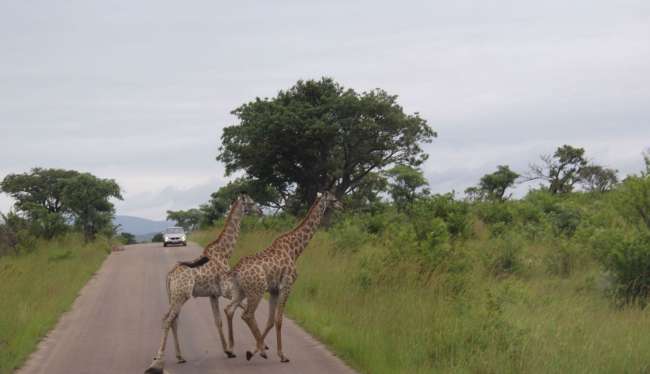
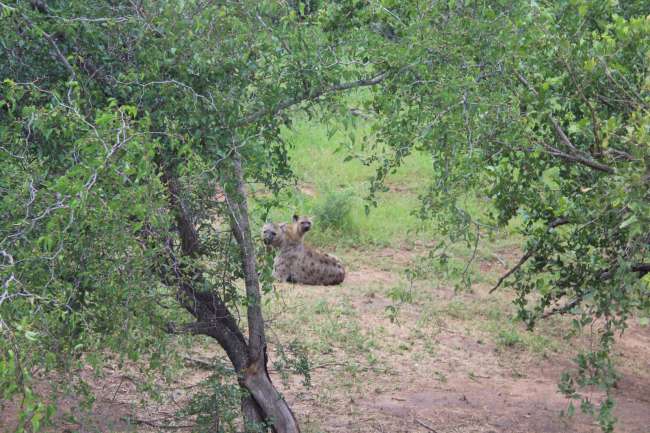
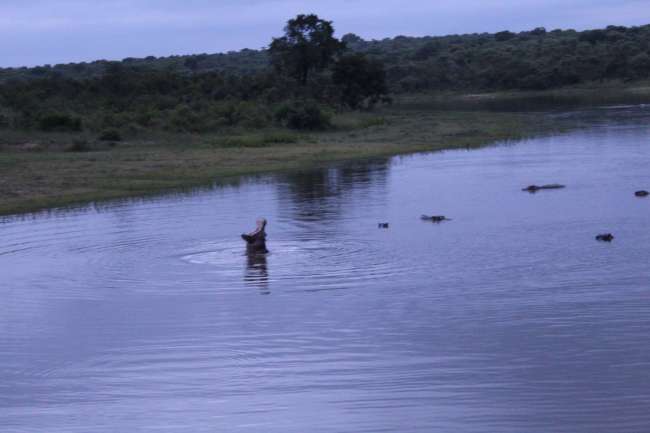
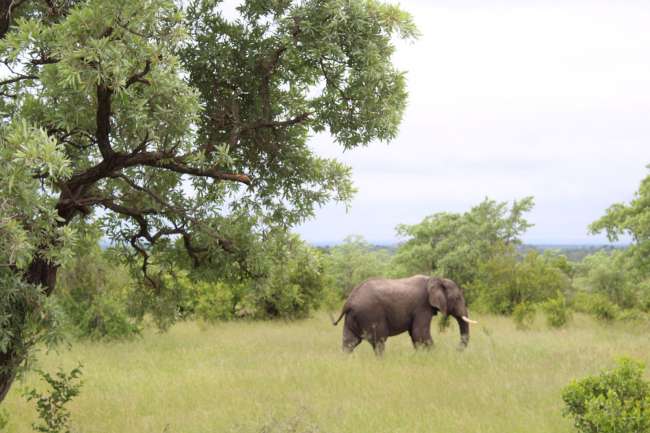
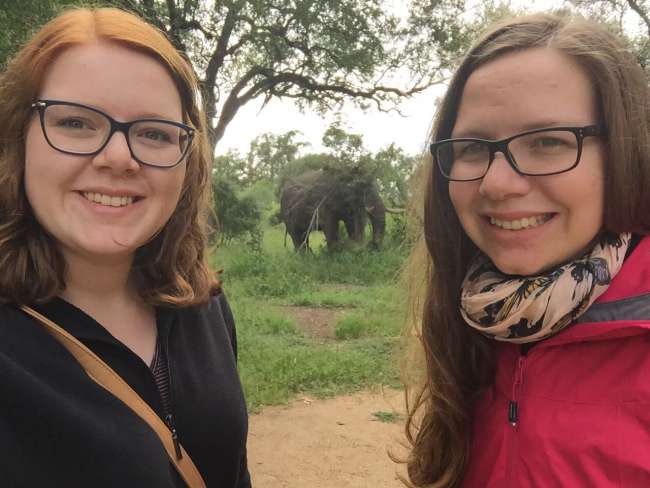
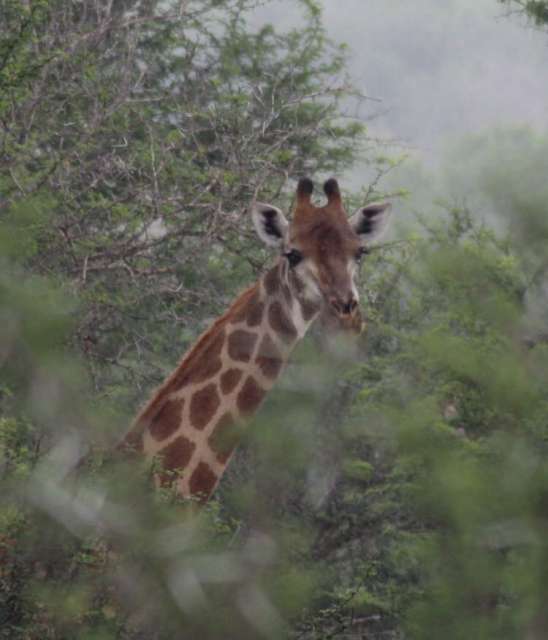
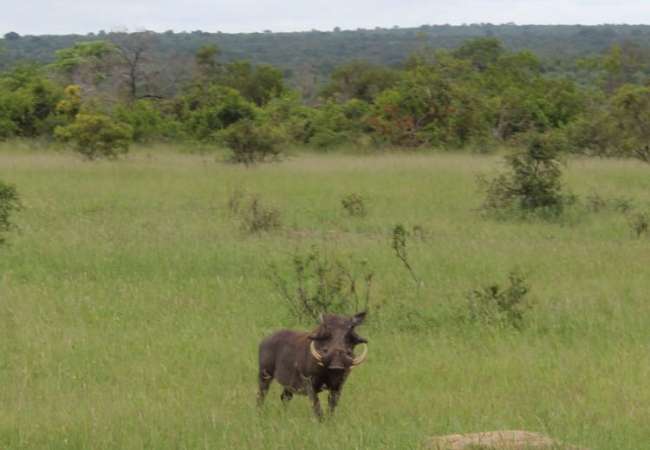
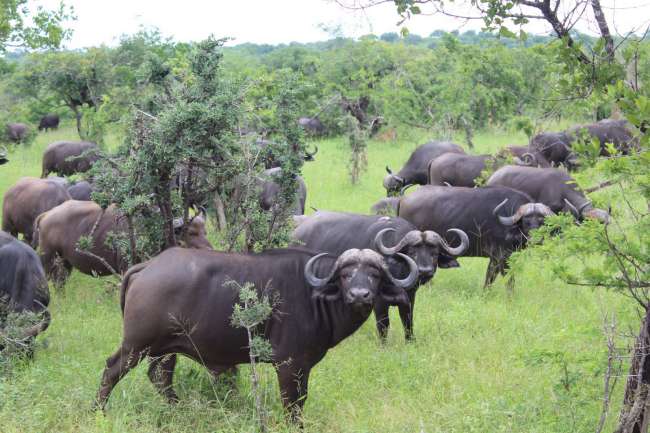
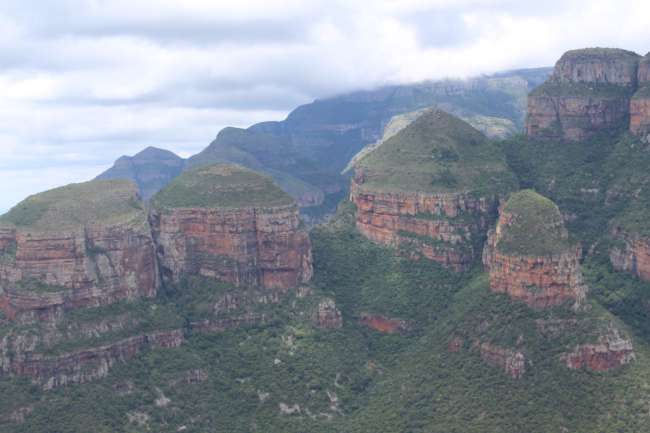
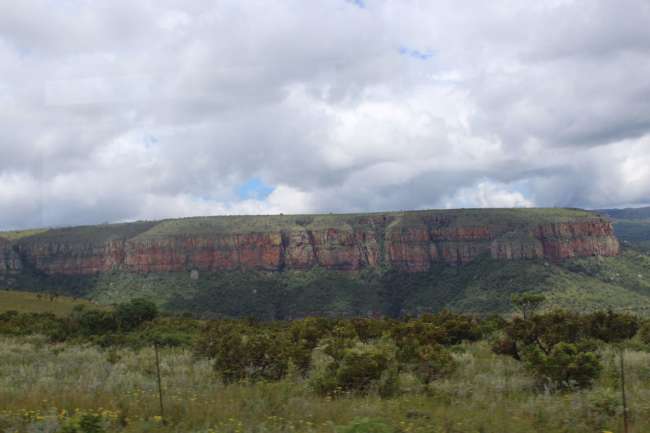
Harpidetu Buletinera
On Friday afternoon we arrived in Kruger. Until our departure on Monday, we went on two game drives and a bush walk with different guides.
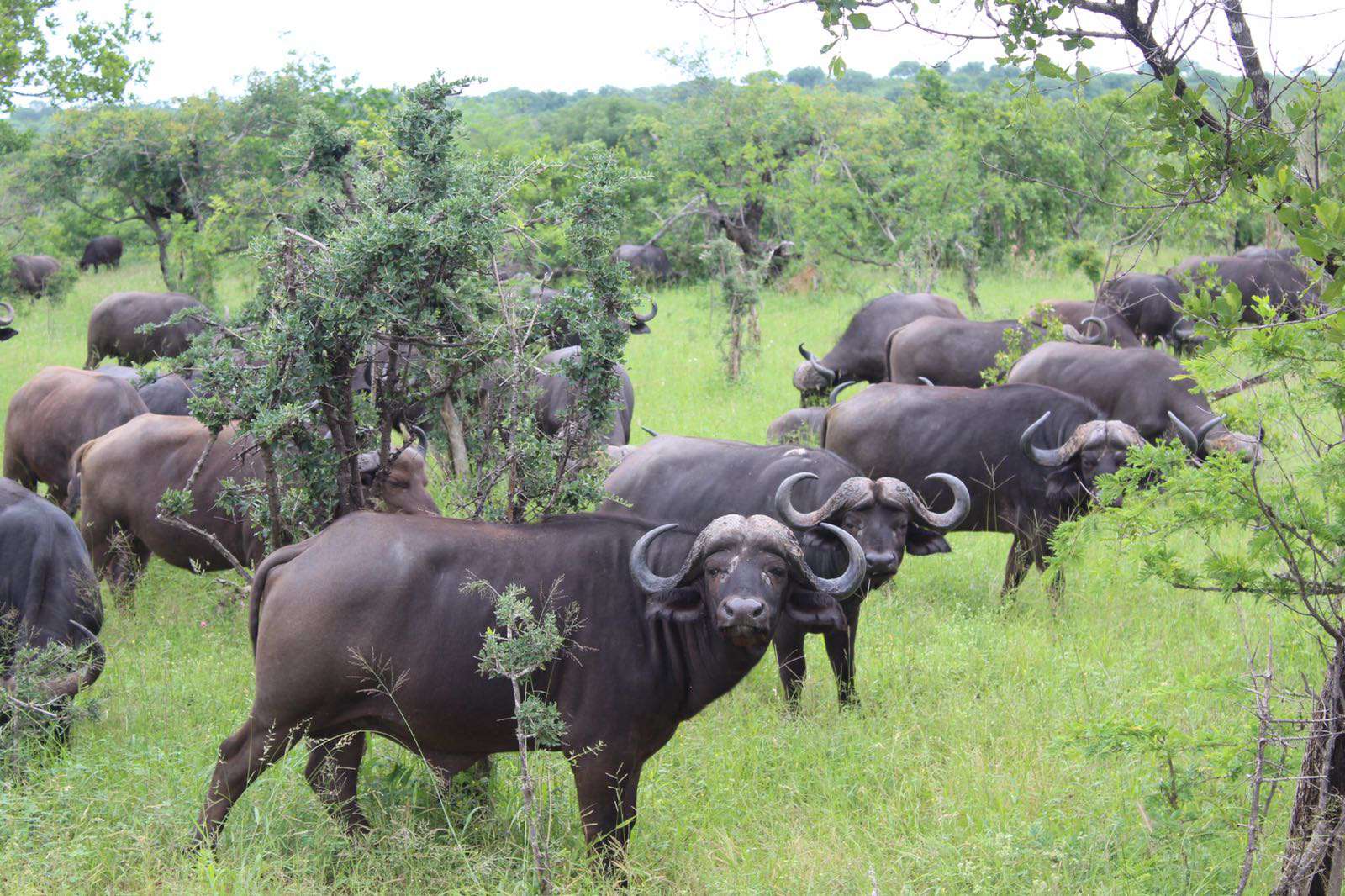
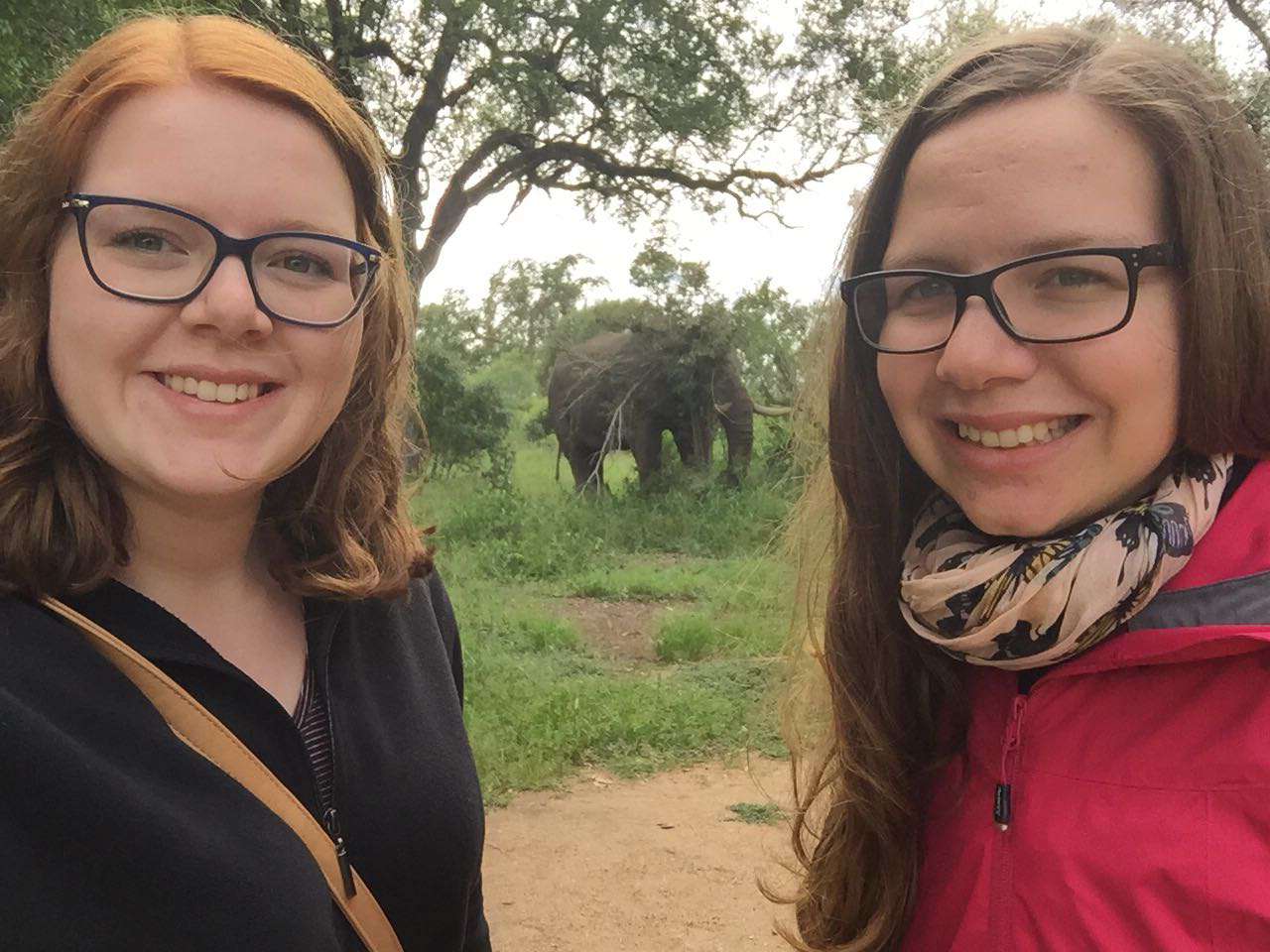
They talked a lot about the problems and opportunities in the park, especially about the issue of rhino killing. Until recently, three to four animals were killed every day to sell their horns. This brings in about two to three million US dollars, as it is promoted as a universal remedy in Asia. It is said to cure everything from cancer to potency problems and severe migraines. Of course, this is not true, but unfortunately, it is still being spread and sold. In many small national parks, rhinos have their horns sawed off, but in Kruger, this is not possible as it would greatly influence and undermine their natural way of life. So almost 50% of the park's revenue is used for the conservation of the animals. Helicopters circle the park around the clock, seven days a week, trying to track down hunters. The measures have already had an effect, with the average number of killings reduced from three to four rhinos per day to 1.7. However, this is still not enough: if it continues like this, the rhinos will be extinct in five to ten years. As our guide told us, the death penalty is imposed for rhino hunting in Botswana (I googled it and officially I haven't found a single case where a hunter was executed, so if this is true, it is probably carried out without much attention), while in South Africa, the punishment is 'only' about 25 years in prison. However, these hunters are usually well connected and after a short time, they are released and return to Kruger to continue hunting. The people in the park are very bitter about this situation and try everything to protect their animals. It was made very clear that they are not afraid of taking matters into their own hands. This shocked us and the proud way in which the guide told us this did not make it any better...
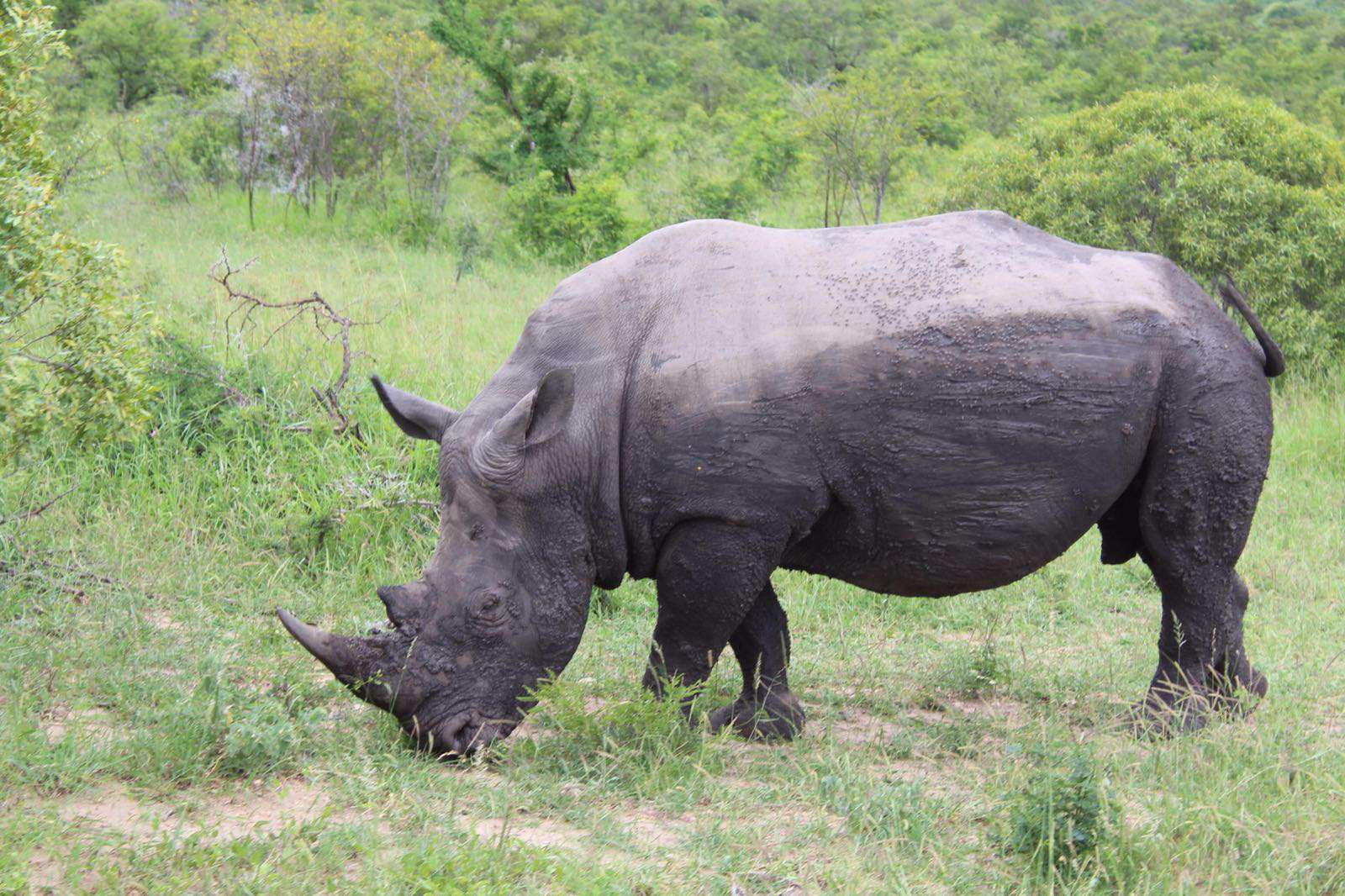
But we also had very beautiful experiences, for example, we saw all the 'Big-five' animals and were allowed to be in the park at night. The guide then turned off the car and we could hear the entire surroundings and watch the fireflies. A highlight were also the wildebeests, the seemingly dumbest animals in the bush. If a lion ambushes them, they go into such a state of shock that they can only run in circles while the lion waits just two meters away for them to fall exhausted. One might think that the animals that are still alive in 2017 are on a relatively high level of development, but apparently, this is not the case here...

We drove back to Johannesburg via the Panorama Route, which was also very impressive. Unfortunately, it was very cloudy at God's Window, usually you can see all the way to the border of Mozambique from there. But even without that, the trip was worth it, the landscape was incredible.


Our time with Nomad (www.nomadtours.co.za) is already over and from Tuesday we will be on our own and explore Cape Town

Harpidetu Buletinera
Erantzun

